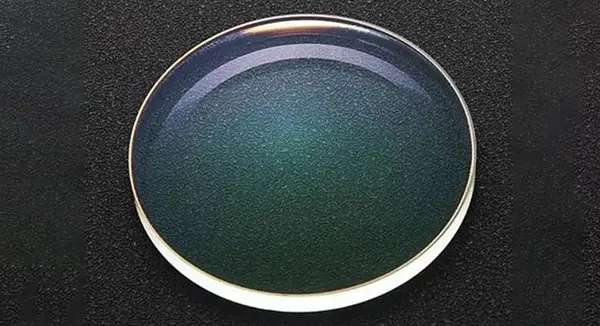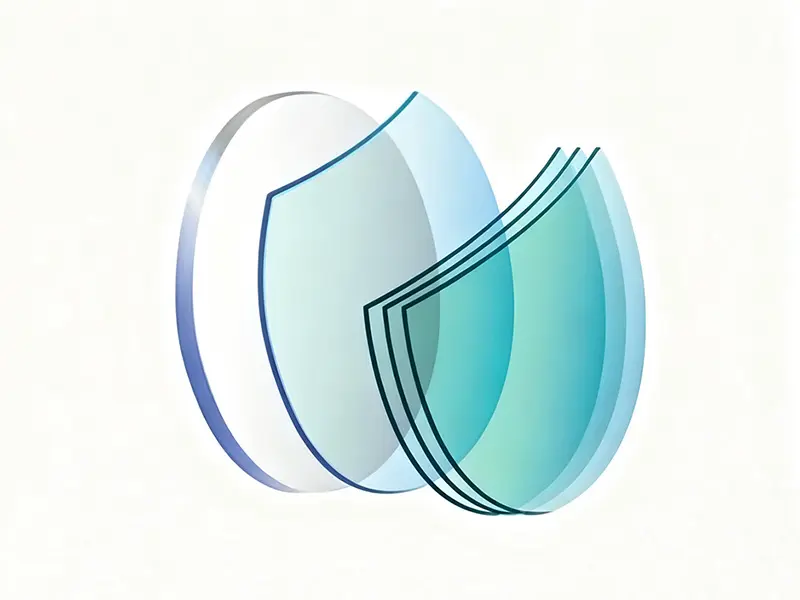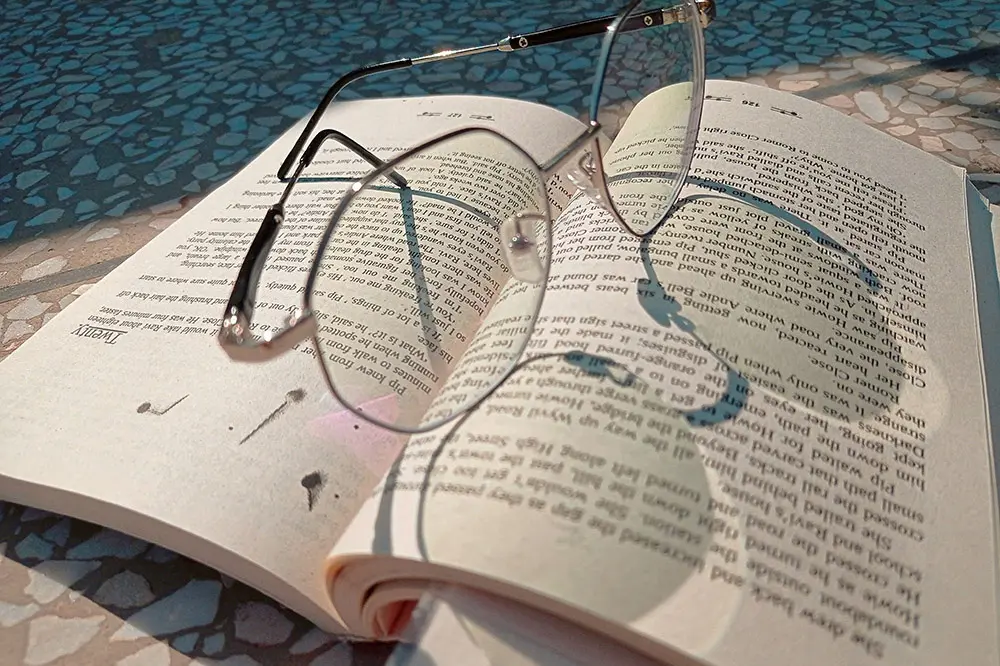When choosing "optical lenses," which parameters should you consider?
When purchasing eyeglasses, many people struggle to fully understand how to comprehensively evaluate the quality of lenses. This article will guide you through six key aspects to examine the nuanced details of selecting optical lenses.
1. Consider the Material
Commonly used materials include resin, polycarbonate (PC), and glass.
Resin lenses are lightweight, flexible, and easier to enhance with functional coatings, making them the most widely used material for lenses today. PC lenses share similar characteristics with resin lenses but have a softer base material, making them less prone to shattering. This makes PC lenses better suited for low-prescription semi-rimless and rimless frames. However, PC lenses generally have poorer scratch resistance compared to resin lenses.
Glass lenses boast high refractive indices, excellent light transmittance, heat resistance, and superior scratch resistance. However, they also come with drawbacks such as heavy weight, fragility, limited brand options, higher costs, and limited functionality.

2. Consider the Refractive Index
In general, the refractive index of a lens determines its thickness and light transmittance. Under the same prescription power, a higher refractive index corresponds to a thinner lens and slightly higher light transmittance. Additionally, different refractive indices are associated with different lens materials. Higher-quality materials with higher refractive indices typically result in higher-priced lenses.
Common refractive indices for resin lenses include 1.50, 1.56, 1.60, 1.67, 1.70, 1.74, and 1.76, while glass lenses commonly feature 1.60, 1.70, 1.80, and 1.90.
Note: A higher refractive index does not always guarantee better performance. High-index lenses tend to have lower Abbe numbers, leading to increased chromatic dispersion (color fringing) and potential visual discomfort.
Recommended Refractive Index Ranges:
0–300 diopters: Prioritize 1.50–1.60.
300–600 diopters: Prioritize 1.60–1.74.
600–1000 diopters: Prioritize 1.67–1.76.
Above 1000 diopters: Prioritize 1.74 or higher.
When selecting a refractive index, consider factors such as budget, pupil distance, frame style, and frame size to ensure the best fit for your needs.
3. Understanding the Abbe Number
The Abbe number represents the dispersion coefficient of a lens and is a key indicator of its optical clarity. Lenses with a high Abbe number provide superior imaging clarity and higher comfort. However, the Abbe number is inversely related to the lens refractive index—higher refractive index lenses generally have relatively lower Abbe numbers. Among resin lenses, those with a refractive index of 1.50 have the highest Abbe number, which is close to that of the human eye. However, 1.50 refractive index lenses can appear thick and heavy for individuals with high prescriptions. Therefore, when selecting lenses, it’s not necessary to focus solely on the Abbe number.

4.Examining Lens Coatings
Lens coatings can enhance various optical properties, such as increasing light transmittance, blocking UV rays, improving scratch resistance, reducing reflective glare, and providing waterproof, anti-oil, anti-static, anti-fog, anti-radiation, and anti-oxidation capabilities. Therefore, high-quality lens coatings deliver superior optical performance. When purchasing lenses, it is advisable to research the specific features of different coatings to determine the most suitable option for your needs.
Tip: Even within the same lens brand, series, and refractive index, coatings may vary—and so will the price.
5. Lens Designs
Spherical, aspheric, double aspheric, bifocal and progressive multifocal designs, peripheral and multi-point myopic defocus designs, point diffusion myopia control technology, etc. Single-vision lenses most commonly adopt spherical or aspheric designs. Compared to spherical lenses, aspheric and double aspheric lenses offer advantages such as reduced peripheral distortion, improved visual quality, and a thinner profile. Consequently, aspheric designs are now the predominant choice. That said, for low prescriptions, the difference in distortion between spherical and aspheric lenses is minimal. However, as the diopter increases, this difference becomes significantly more pronounced. Therefore, individuals with higher prescriptions are generally advised to opt for aspheric or double aspheric lenses.
Bifocal and progressive multifocal lenses are typically designed for individuals requiring correction for presbyopia alongside myopia, hyperopia, or astigmatism. These designs involve more complex fitting and usage compared to standard lenses, with specific adaptation requirements and a longer adjustment period. Users interested in these lenses are strongly advised to seek professional fitting at specialized institutions and select brands/series with proven technical maturity.
Lenses featuring peripheral/multi-point myopic defocus designs or point diffusion myopia control technology are primarily used for myopia management, often selected for adolescents. Their specialized designs require comprehensive evaluation of factors like eye examination results to determine suitability.
Customization Processes:
Free-form surfacing technology
Lens thickening and thinning optimization
Additional Features:
Photochromic, tinted, blue light-blocking, and anti-fatigue properties.

The selection of optical lenses should be based on the examination results, combined with your budget and personal needs, taking all factors into comprehensive consideration. Choosing lenses involves a certain degree of professional expertise and commercial considerations. From your own perspective, the most suitable option is ultimately the best choice.








